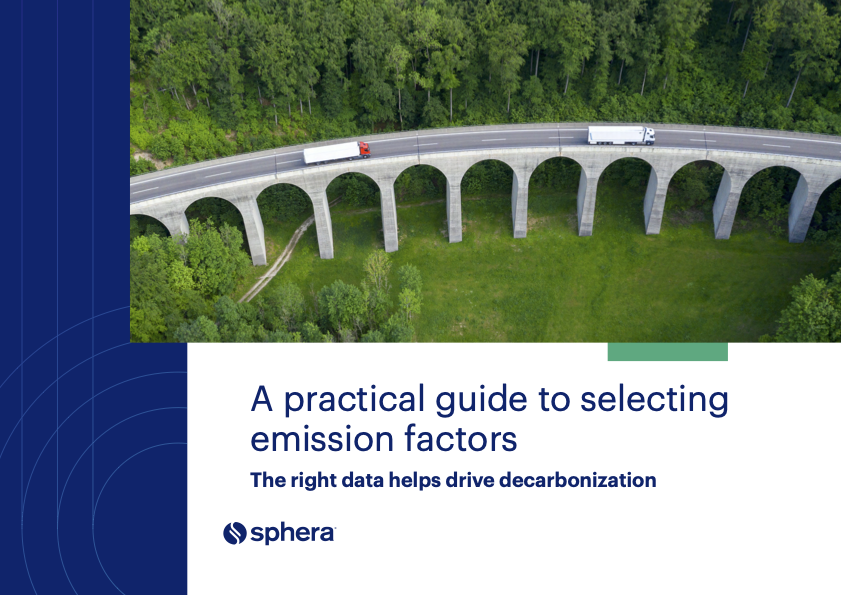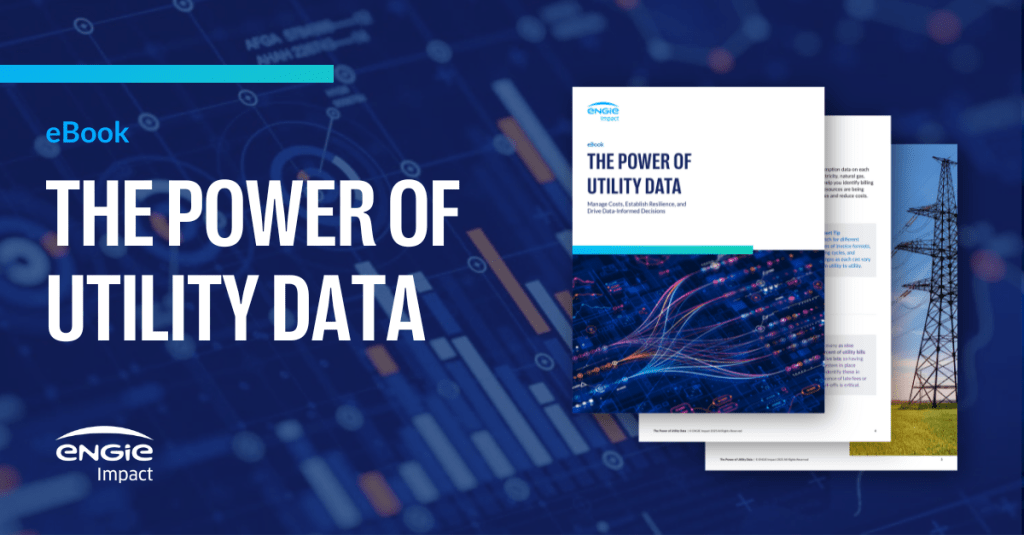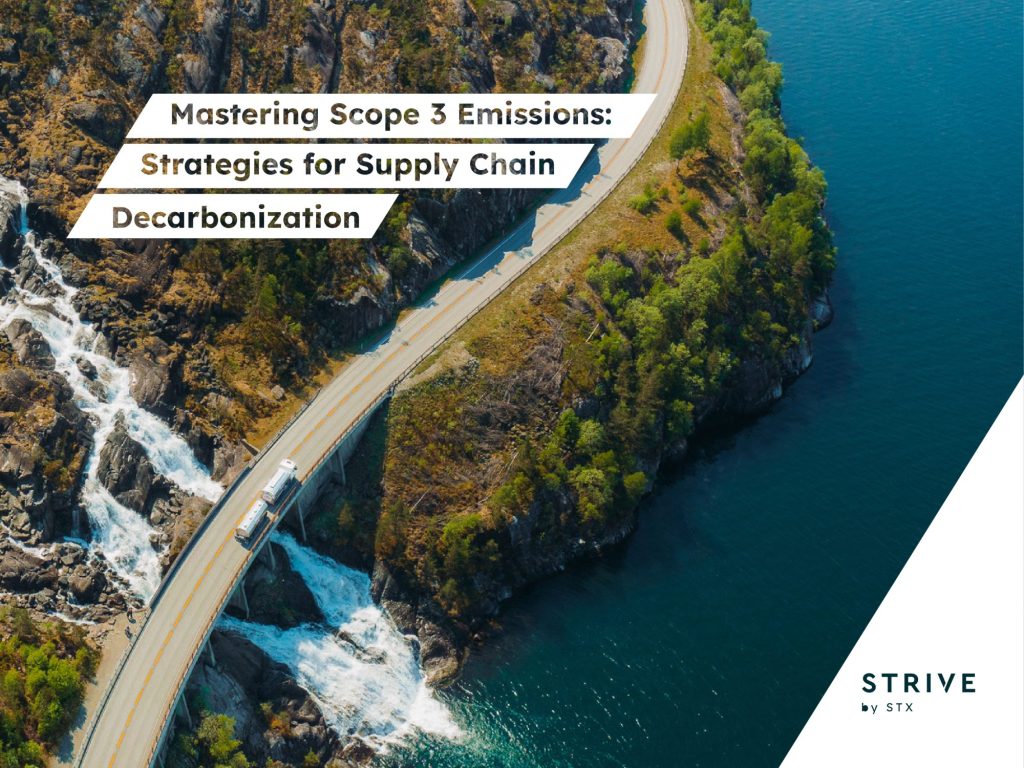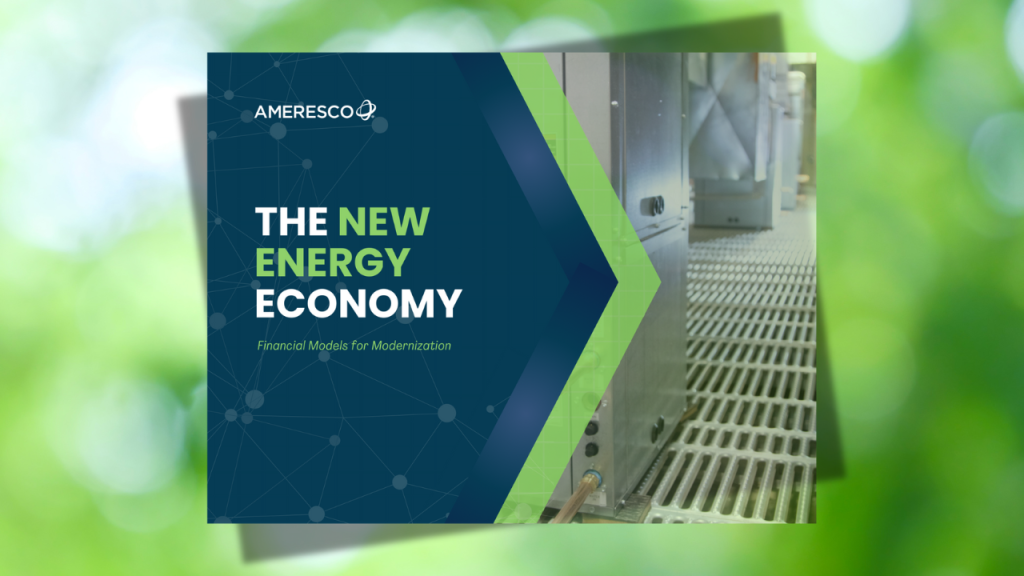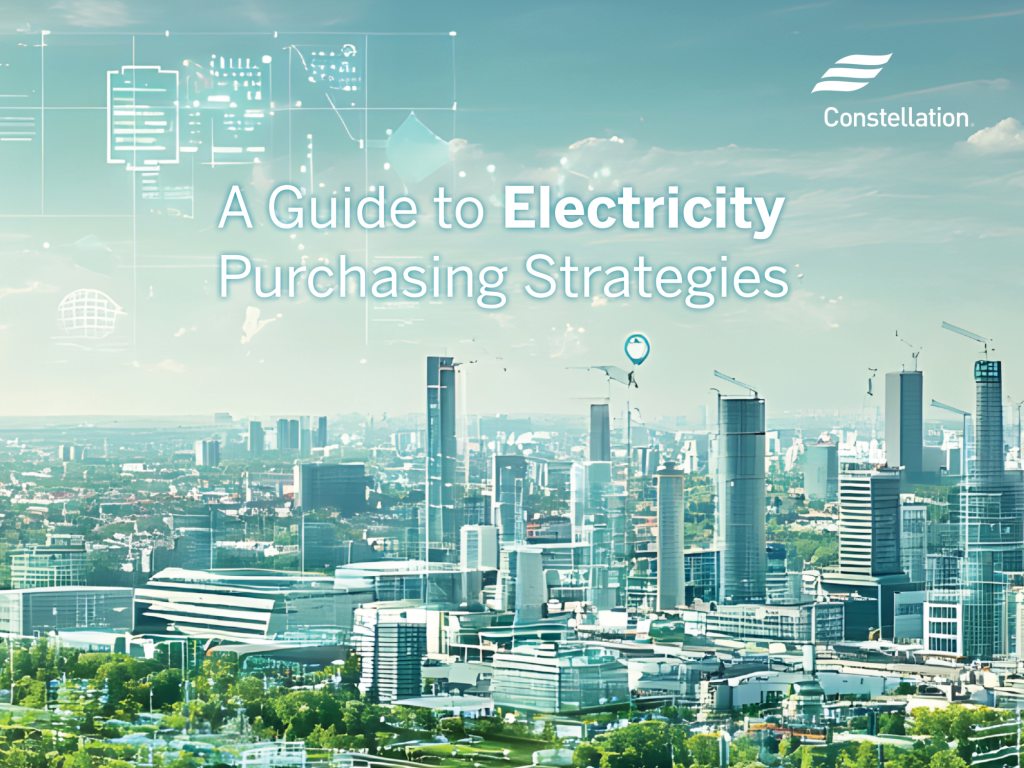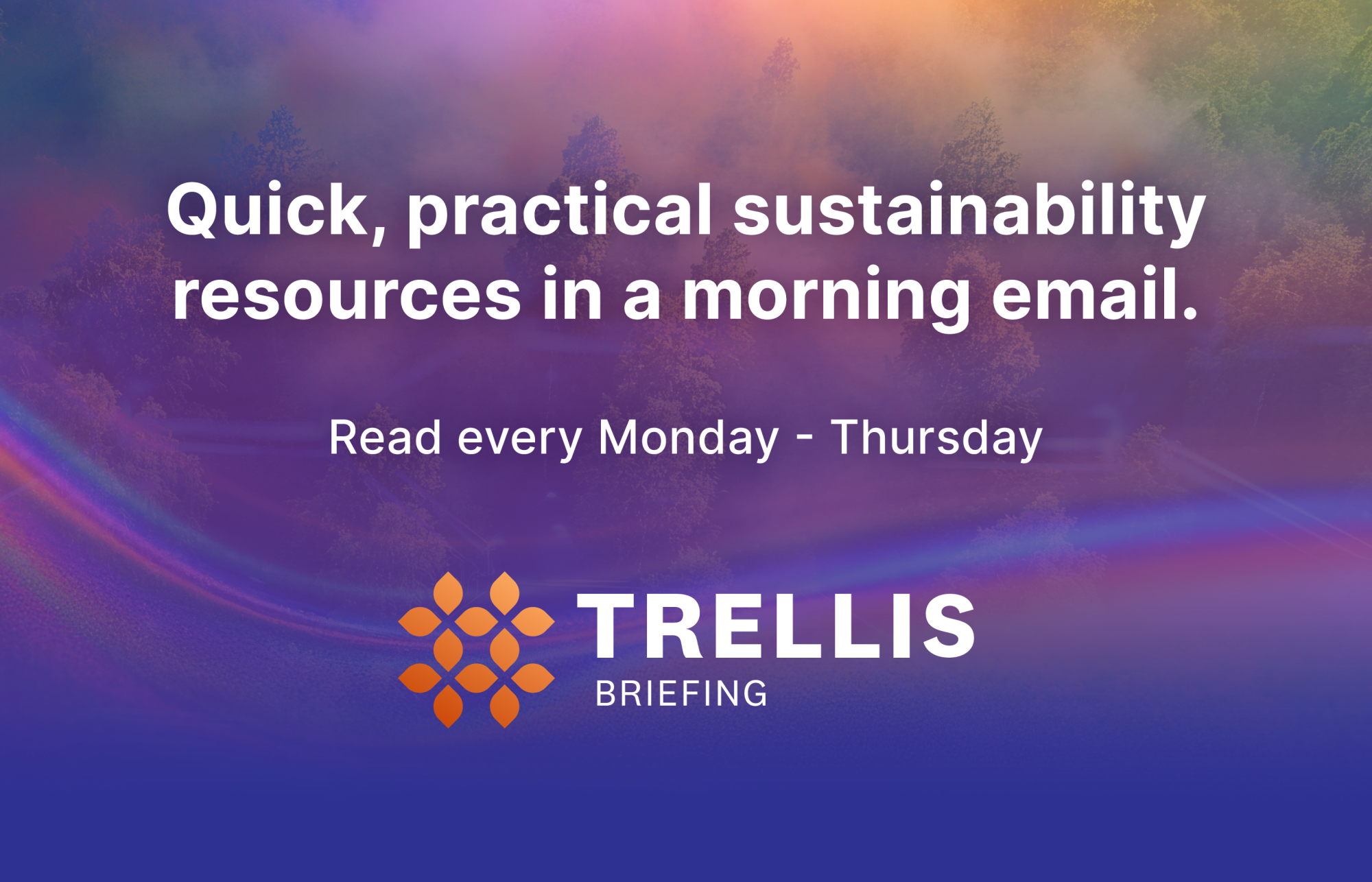4 solar power breakthroughs in 2025, from a legendary climate activist
Bill McKibben, founder of activist groups 350.org and Third Act, offers a hopeful account of solar energy’s life-changing economic potential in his new book, “Here Comes the Sun.” Read More

- China installed 3 gigawatts of solar power on a daily basis, roughly equivalent to 3 coal plants.
- Texas installed more renewable energy in 2023 and 2024 than any other state.
- President Trump’s assault on renewables threatens American leadership in the automotive industry.
Climate activist, academic and journalist Bill McKibben’s nonprofit 350.org convinced investors representing $40 trillion to divest from oil and gas companies over the past decade.
Now he’s using his voice and organizing platforms — 350.org and Third Act — to raise awareness about the “explosive spike” in renewable energy adoption around the world, especially electricity from the sun.
McKibben’s latest book published in August — “Here Comes the Sun: A Last Chance for the Climate and a Fresh Chance for Civilization” — offers a hopeful account of how solar power is lifting up communities in Africa, Pakistan and China and the rural U.S.
“We live on a planet where the cheapest way to make energy is to point a sheet of glass at the sun,” McKibben told me in the latest episode of Climate Pioneers. “That changes the dynamics in many, many ways and should be changing the decision-making for corporations. It certainly is around the world.”
New renewable generation added 585 gigawatts of power worldwide in 2024, up 15.1 percent from 2023. In the U.S., 90 percent of the additions came from renewables, including 39.6 gigawatts of solar power. There’s now enough solar capacity in the U.S. — about 220 gigawatts — to satisfy 7 percent of U.S. electricity demand.
That growth continues in the face of President Donald Trump’s intensifying assault on U.S. solar and wind development through executive orders, tax rule changes and permit revocations, said the 64-year-old author of more than 20 books about climate change.
Here are four highlights from our conversation:
Solar power, the ‘Costco of energy’
The Trump administration’s policies ignore the reality that developers and utilities can add solar and wind power to the U.S. electric grid more quickly than natural gas or nuclear plants — in months compared with five years or a decade, respectively.
Corporations with climate commitments may sign clean power contracts to make emissions claims, but it’s also cheaper, McKibben said. For example, the levelized cost of solar energy was $61 per megawatt-hour in 2024, compared with $76 per megawatt-hour for natural gas.
“I have no idea why any business would want to pay more for a primary input like energy, especially when their competitors in other parts of the world are going to be paying less and less and less,” McKibben said. “This is a strategy, at the moment, for choking the American economy. We need some businesses willing to stand up and move against it wherever they can.”
The fossil fuel industry has broadcast the idea that alternative electricity is more expensive, when the reality is no longer true. “We think of it as the Whole Foods of energy, nice but pricey,” he said. “It’s actually the Costco of energy now: it’s cheap, it’s available in bulk, it’s on the shelf, ready to go.”
A nationwide rally to highlight that narrative, Sun Day, is scheduled for the Sept. 21 autumnal equinox.
Texas, the biggest installer
One place the message is getting through is Texas. Despite Republican lawmakers’ attempts to slow down renewables adoption in the state, Texas installed more solar electricity in 2023 and 2024 than any other state, including California.
Texas is also installing energy storage technology at the quickest pace in the U.S., motivated to prevent catastrophic blackouts — such as a 2021 winter storm outage that left 4.5 million customers without power, some for days. The storage capacity tripled to 8.6 gigawatts in 2024, and is projected to reach almost 18 gigawatts this year.
“There was important lobbying done, often by corporate players,” McKibben said. “People do have to begin standing up to the fossil fuel industry in one state house after another, and figuring out how to make it easier for this transition to happen.”
Utah, the unlikely disruptor
Permitting reform is one of the biggest places where corporate support can make an important difference, McKibben said, pointing to Utah as an example of what’s possible.
In early July, Utah Gov. Spencer Cox, a Republican, signed a new law that allows individuals to quickly install small solar arrays — less than 1,200 watts — without having to go through the trouble of getting an interconnection agreement. The legislation, modeled after a policy in Germany that gave apartment dwellers the right to hang solar panels off their balconies, had unanimous bipartisan support.
China, the first ‘electrostate’
For other inspiring solar adoption stories, look to developing countries such as Pakistan, where citizens built almost half the capacity of the nation’s electric grid on their own in the span of a year — with very little help from the government or utilities.
But the country poised to benefit the most from solar adoption is China, which McKibben calls the world’s first “electrostate.”
In May, the last month for which data is available, China installed three gigawatts of solar power on a daily basis — roughly three coal-fired power plants. It’s still approving coal plants, too, but solar and wind installations now outpace the growth of fossil fuels.
China has a good use for that low-cost electricity: keeping electric vehicles (EVs) on the road. Close to half the cars sold in China in July came with a plug, threatening the dominance of the U.S. automotive industry.
Both solar and EVs got their start in the U.S., but Trump’s policies put the U.S. at a significant disadvantage during a crucial moment in the low-carbon economy transition.
“What we’re doing at this moment in this country is serving up our lunch to China. I’m afraid that unless we act very quickly we’re going to be also-rans,” McKibben said.
Watch the whole Bill McKibben conversation. Be the first to read about upcoming Climate Pioneers episodes with senior sustainability professionals from PepsiCo, Yum! Brands and Patagonia by signing up for the Trellis Briefing newsletter.

Subscribe to Trellis Briefing
Featured Reports

The Premier Event for Sustainable Business Leaders




